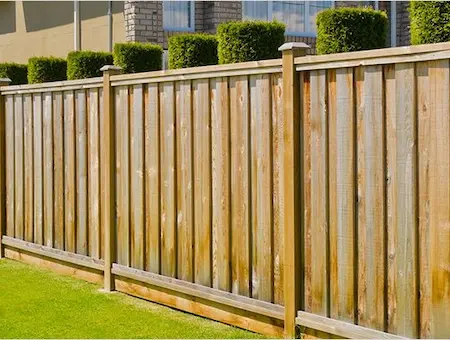Whether you’re a new homeowner or renovating a home you’ve had for years, there are several items you need to consider when choosing the type of gutters you’ll add to your home’s exterior. These include the aesthetic appeal you’re going for, the budget you’re working with, and the amount of gutter repair you’re ready to schedule. With these items in mind, there are several types of gutters that you can choose from:
Vinyl Gutters - As one of the most popular types of gutters, vinyl gutters are lightweight, inexpensive, and durable, but the disadvantage of vinyl gutters is their tendency to crack after years of use or being exposed to colder temperatures.
Copper Gutters - Copper gutters are much more expensive than other gutter types. However, they are durable and can withstand multiple temperatures. Although their price tag can scare some homeowners away, the appearance of copper gutters can add an elegant, rich look to a home’s exterior.
Aluminum Gutters - Aluminum gutters have many of the same qualities as vinyl gutters – durability, lightweight, and lower prices – but they have a longer life span than those made out of vinyl. They are also rust-proof, but aluminum gutters more commonly dent or become misshaped over time.
Steel Gutters - Priced somewhere in-between vinyl and copper gutters, steel gutters are a sturdy solution. You can choose from galvanized or stainless steel, but be prepared to schedule more routine gutter maintenance on steel gutters as they tend to rust over time.
What Are the Parts of a Gutter System & How Do I Know What to Repair?
Gutters - The actual gutter is the horizontal section made primarily from plastic or metal that acts as a chute for water running off the roof. Gutters are most commonly attached to the home by hangers. This is where the majority of gutter repair will need to be performed since this is where the most stress is put on the system. Check for breaks in the gutters as well as built-up leaves, branches, and other natural materials.
Downspouts - These are the pipes that carry water from the gutters to the ground. Downspouts are available in many different sizes. The bigger the pipe, the more water the downspout will be able to send to the ground at any particular time. When looking for faults in your downspouts, check for leaks between the different pieces of the pipe first. If you don’t think your downspouts are clearing excess water as quickly as they should be, there could be clogs inside the pipes.
Drainage - A drain is a final stop in a gutter system. Most people can route water to go into an area of ground away from the home. But if that’s not a viable option for you, it’s important to get the water into a storm drain of some sort. Proper water drainage protects your home and foundation from flooding.
Gutter Guards - Not everybody has these installed, but gutter guards should be considered. Gutter guard installation is a one-time project that prevents sticks, leaves, and other debris from clogging gutters and downspouts, making twice-annual gutter cleaning unnecessary. Installing gutter guards is a smart investment that minimizes maintenance, promotes functionality, and protects against gutter damage. Ask your local Mr. Handyman to install gutter guards during your next cleaning.
---
If you’re looking to install new gutters or schedule some routine gutter repair, contact your local Mr. Handyman to save time on a job that’s done right the first time. Contact us today at 1-877-MRHANDYMAN. We’re the one-call solution to all of your gutter cleaning and repair projects.
 Click to call
Click to call




